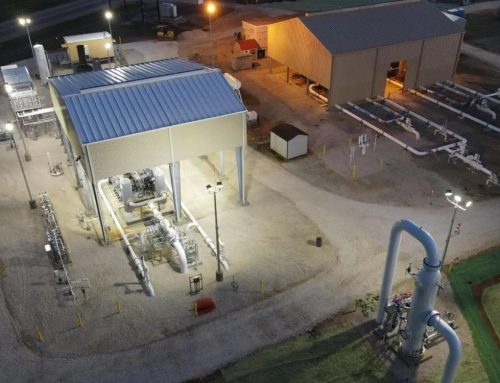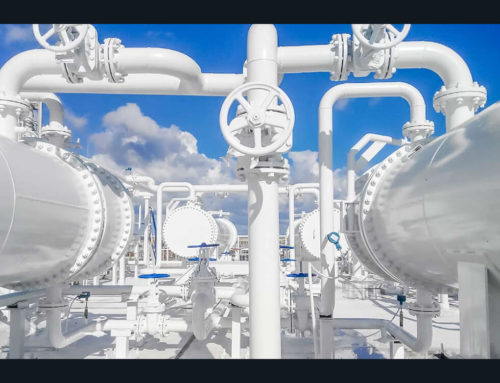Pipeline Class Location Assessment
Presented by: James Watson and Michael Beatty
INTRODUCTION
Pipeline class location is a geographical area classified according to its approximate population density and other characteristics that are considered when designing and pressure testing piping to be located in the area.
The United States (US) and Canada both require determination of class locations for pipelines. The application of this requirement is different for the two countries. The US requires the class location to be determined for pipelines covered by DOT Part 192ii whereas Canada requires it for all pipelines regardless of fluid service (CSA Z662i). Some jurisdictions beneath the federal level may have more stringent requirements than the federal regulation. An example of this is Ontario. It is important to understand the pipeline design requirements at all levels of government.
Class locations are used to adjust the pipeline design in areas of denser population and thereby increase safety. The pipeline design pressure formula includes a design factor (DOT 192) or location factor (CSA Z662) that are determined by class location. A higher class location when compared to a lower class location (e.g., 2 instead of 1, 3 instead of 2, 4 instead of 3, etc.) has two (2) possible outcomes: a lower pressure rating or a change in design to maintain the same pressure rating (thicker pipe wall or higher strength pipe) as the lower class location. Existing pipelines are subject to a change in class locations and subsequent change in pressure rating if the population density has changed. DOT 192 does not specify a time frame for review but rather leaves the determination up to the pipeline operator that a review is needed due to increase in population density. CSA Z662 requires an annual review of class location. It should be noted that CSA Z662 provides more guidance on the development of the class location than does DOT 192. This document provides a high level view of the class location study using GIS for the analysis and structure polygons obtained during data capture flight.





